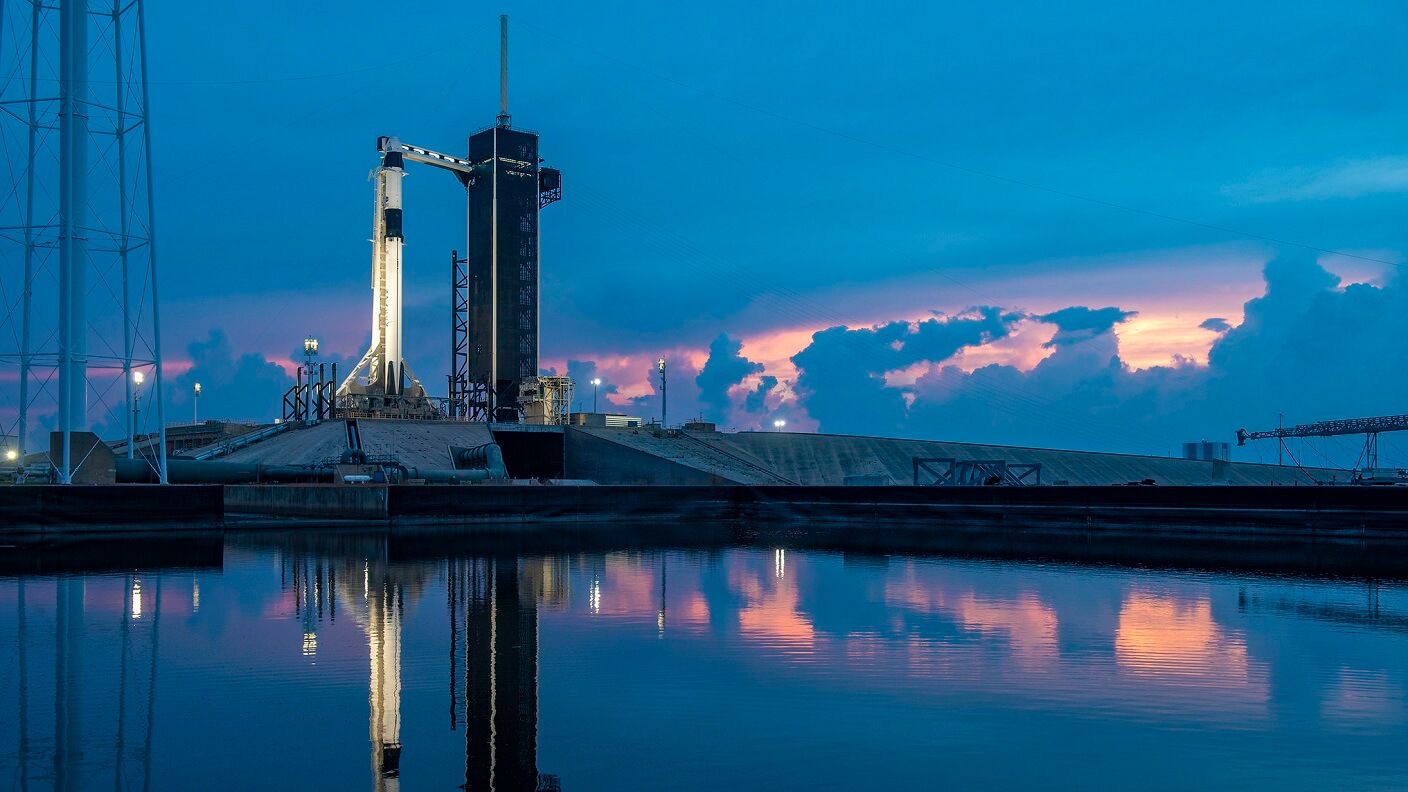
He writes about astronomy for Natural History magazine, the Farmers' Almanac and other publications. Joe Rao serves as an instructor and guest lecturer at New York's Hayden Planetarium.
#Crew 2 launch full
However, this would be a full night launch with no chance of the sun illuminating the Crew Dragon capsule or the Falcon 9 rocket's exhaust trail. Should the launch be postponed, the next launch attempt would come on Monday, April 26. If you're positioned near the edge of a circle, Falcon 9 will barely come above the horizon and could be obscured by low clouds or haze.įalcon 9's second stage will shut down 8 minutes and 47 seconds after launch at a point about 770 statute miles up range (to the northeast) of Cape Canaveral and some 300 statute miles southeast of New York City. At that moment, the Dragon capsule will have risen to an altitude of 653,560 feet (123.8 statute miles), while moving at 16,256 mph (26,161 kph) and should be visible for a radius of about 900 statute miles from the point of Second Engine Cut Off (SECO).Īnd, of course, before you head out to look for the rocket, make sure it has actually left the launch pad by watching the online broadcasts. Depending upon your distance from the coastline, Falcon 9 will be somewhat low to the horizon (at an altitude of 15 to 25 degrees). Check our map for regions of visibility the closer you are to the coast, the higher the rocket will appear. It's important to note that in some cases, Falcon 9 will appear to literally skim the horizon, so be sure there are no buildings or trees to obstruct your view. For places to the east (right) of a line running from Massena, NY to Riverhead, NY, the sun will be above the horizon making it rather difficult or perhaps impossible to see the Falcon-9 against the bright blue daylight sky. If you're west of the Cape, look low toward the east.Ĭarolinas to Virginias: Look toward the south-southeast about 3 to 6 minutes after launch.ĭelaware/Maryland to southern New York: Concentrate your gaze low toward the south-southeast about 6 to 8 minutes after launch. If you are south of the Cape, look low toward the north-northeast. coastline: Anywhere north of Cape Canaveral, I suggest viewers initially concentrate on the south-southeast horizon. shows the SpaceX Falcon 9 rocket launch on March 14, 2021, as seen from Front Royal, Virginia. Many others reported the cosmic contrail sighting as a UFO, a fireball or a "space jellyfish." When and where to look: "I guess the plume was about 4 to 5 degrees across and 10 degrees long." For comparison, the "pointer stars" (Dubhe and Merak) of the Big Dipper, are roughly 5 degrees apart while your clenched fist held at arm's length measures about 10 degrees.


"Beautiful sight!" Vogt reported on the ASLI Hotline. The cone encompassed tens of degrees in the southeast sky. Upon 2nd stage shutdown, the point of plume pulled away from the huge fan shaped cloud, & continued as a point of light to the east. Eventually this point faded & I was just left with the aftermath of the remaining fan shaped cloud."Īnother Long Island amateur, John Vogt, was out doing a 10K run when he was taken by surprise and also saw the launch. I could see the engine itself thrusting (2nd stage), followed by this large fan shaped cloud trailing it. On Long Island, amateur astronomer, Tom Penino witnessed the display. On the Internet Hot Line of the Astronomical Society of Long Island (ASLI) that morning, he noted: "Approximately 7 minutes into flight, was able to observe a 'huge fan shape cone' moving from the south towards the east. What amazed me was 'how fast' it was traveling!! It bolted across the S-SE-E skies in a matter of 10 to 15 seconds.


 0 kommentar(er)
0 kommentar(er)
